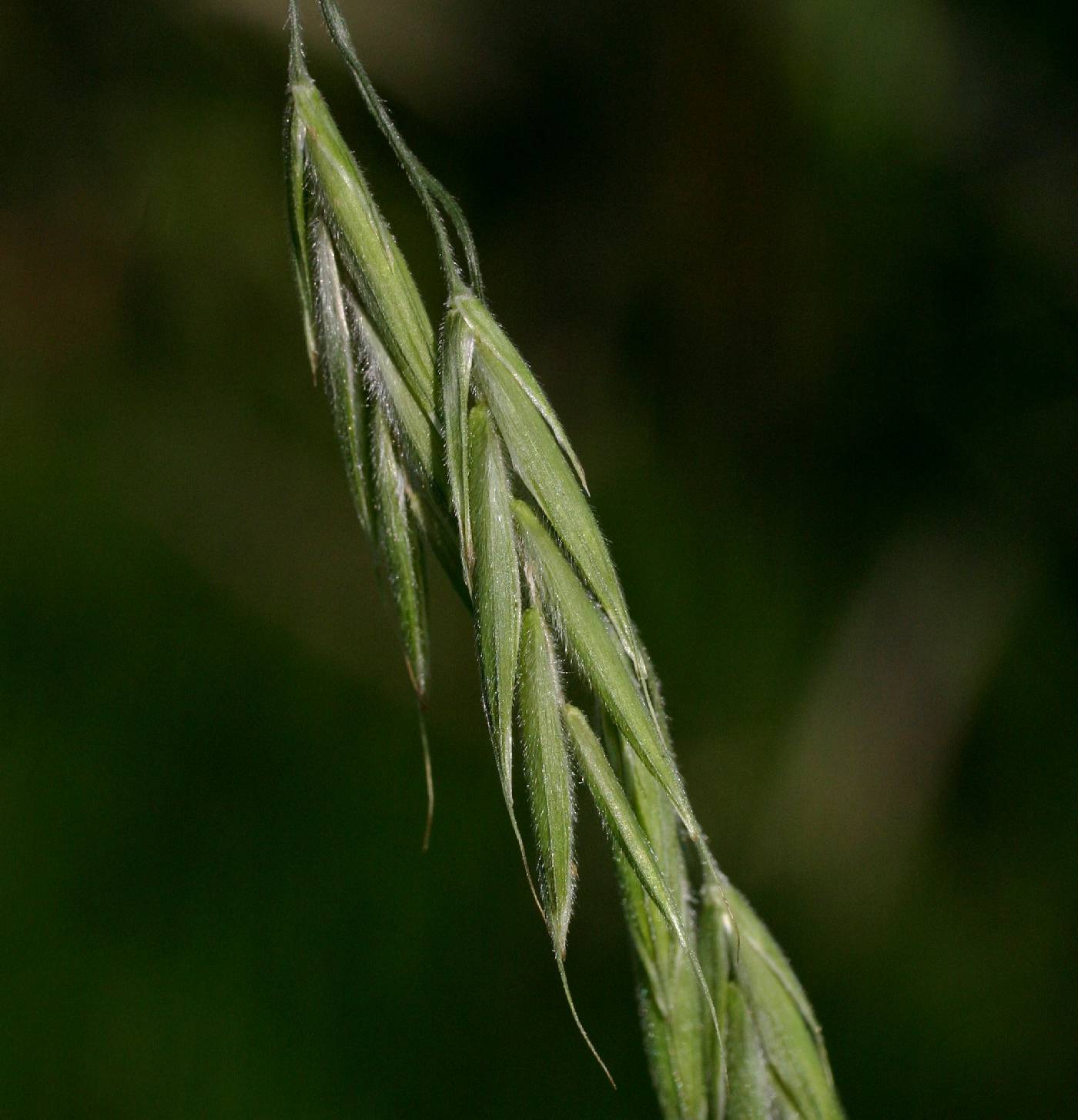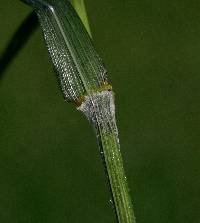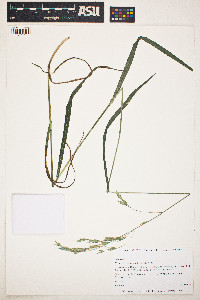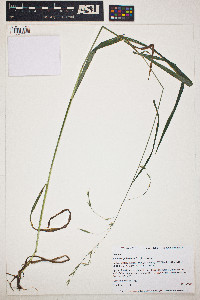|
Family: Poaceae
hairy woodland brome
[ Bromopsis pubescens (Muhl. ex Willd.) Holub, moreBromus ciliatus var. laeviglumis Scribn. ex Shear, Bromus pubescens var. laeviglumis (Scribn. ex Shear) Swallen, Bromus purgans var. laeviglumis (Scribn. ex Shear) Swallen] |
Plants perennial; not rhizomatous. Culms 65-120(150) cm, erect; nodes
(3)5-7(9), usually pubescent, sometimes glabrous; internodes pubescent or glabrous. Sheaths retrorsely pilose, midrib of the culm leaves not abruptly
narrowed just below the collar, collars hairy or glabrous; auricles absent; ligules
0.5-2 mm, glabrous, obtuse to truncate, erose; blades 12-32 cm long, 6-15(19) mm wide, flat, 1 or both surfaces glabrous
or hairy. Panicles 10-25 cm, open,
usually nodding; branches usually
spreading, sometimes ascending, often drooping. Spikelets (13)15-30 mm, elliptic to lanceolate, terete to
moderately laterally compressed, with (4)5-10(13) florets. Glumes usually pubescent, rarely glabrous; lower glumes 4-8 mm, 1-veined; upper
glumes 5-10 mm, 3(5)-veined, not mucronate; lemmas 8-12 mm, lanceolate, rounded over the midvein, backs and
margins usually hairy, sometimes glabrous or scabrous, apices subulate to
acute, entire; awns (3)4-7(8) mm,
straight, arising less than 1.5 mm below the lemma apices; anthers 2-4(5) mm. 2n =
14. Bromus pubescens grows in shaded, moist, often upland deciduous
woods. Its range is centered in the eastern half of the United States, and
extends northward to southern Manitoba, Ontario, and Quebec, westward in
scattered locations to Arizona, and southward to eastern Texas and western Florida. Perennial 6-15 dm, the culms solitary or few together, glabrous or nearly so, at least the upper nodes exposed; lvs 4-6 per stem; sheaths glabrous to densely canescent with spreading or somewhat retrorse hairs; blades 8-15 mm wide, narrowed at base, not auriculate, glabrous to sparsely villous; infl 1-2 dm, its elongate branches loosely spreading or drooping; spikelets 2-3 cm; first glume 5-8 mm, subulate, 1-veined, rarely with an additional pair of faint lateral veins; second glume broader, 6-10 mm, 3-veined, rarely with a faint additional pair; lemmas 7-veined, 9-12 mm, thinly to densely hairy throughout, the awn 2-8 mm; anthers 2.5-5 mm. Rich moist woods; Que. and N. Engl. to Fla., w. to Alta. and Ariz. (B. purgans, misapplied, a nomen rejiciendum) Fl and fr before no. 7 [Bromus latiglumis (Shear) Hitchc.].
Gleason, Henry A. & Cronquist, Arthur J. 1991. Manual of vascular plants of northeastern United States and adjacent Canada. lxxv + 910 pp.
©The New York Botanical Garden. All rights reserved. Used by permission. |




